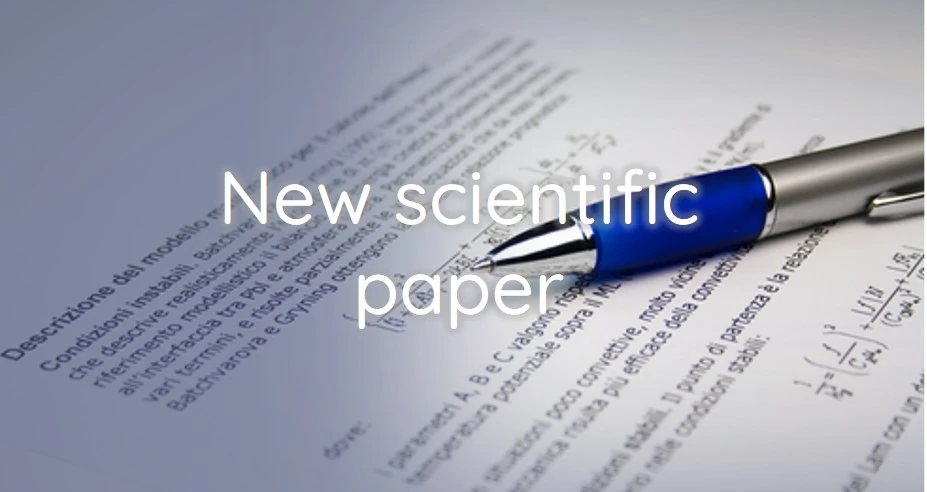
Regional validation of SolaRes®
Incident solar radiation on collecting systems is one of the main influencing parameters of the electrical productivity by a solar plant. Incident solar radiation is highly variable in time and space because of changing atmospheric optical properties affected by clouds, aerosols, water vapour, and ozone, as well as surface reflection and solar direction geometry.
SolaRes® is an HYGEOS service providing precise and accurate simulations of the solar resource at 1 min resolution for any location on the globe, in any meteorological and ground surface conditions and for any solar plant technology. SolaRes®, powered by the SMART-G code, assesses not only the global horizontal irradiance as the standard solar resource component, but also other components depending on the angular behaviour of the radiation field, such as the direct normal irradiance (DNI) and the diffuse horizontal irradiance, as well as the projected quantities on a tilted plane, i.e. the global tilted irradiance and the diffuse tilted irradiance. SolaRes® allows as well for computations of circumsolar contribution, and it derives two estimates of direct normal irradiance (DNI): (1) DNIpyr, consistent with observed DNI, which includes circumsolar contribution, and (2) DNIstrict, not including circumsolar contribution but consistent with computations of solar resource parameters in any panel orientation. Usually, physical or semi-physical models provide only one of these two estimates of DNI.
The paper Elias et al., 2024 investigates the capacity of SolaRes® to reproduce the radiation field, relying on 2 years of ground-based measurements by pyrheliometers and pyranometers acquired in northern France. As such, it provides, as a first step in clear-sky conditions, a thorough regional validation of SolaRes, allowing to investigate aerosol impacts on solar resource.
Elias, T., N. Ferlay, G. Chesnoiu, I. Chiapello, and M. Moulana, Regional validation of the solar irradiance tool SolaRes in clear-sky conditions, with a focus on the aerosol module, Atmospheric Measurement Techniques, 17, 4041–4063, 2024. https://doi.org/10.5194/amt-17-4041-2024

